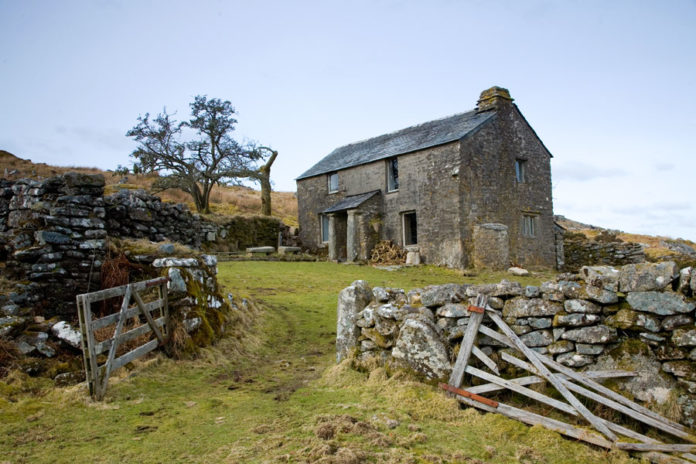Voting patterns, political concerns, policy views, and the purpose of government vary wildly in the United States. Formerly, I thought the alignment was Conservative vs Progressive, and maybe that is one flavor of the divide. But upon further review, I think the data lines up more of Urban areas vs everyone else. Let’s dig.
There has always been a ‘city vs country’ divide in the US, and it makes sense to be so. The agricultural-based rural States were completely different than the industrial-based urban areas back at the country’s birth as much as modern day. Pennsylvania, Virginia, and Massachusetts were the Big States back then, and their size variances from Rhode Island, South Carolina, Delaware, New Hampshire, and the rest are quite similar to the differences between New York, California, and just about everyone else today. The entire concept of Senators, two per State, regardless of State size, was intended to give all States equal standing. The differences gave birth to the entire Electoral College concept of electing a President, as small States (either by area or by population) did not want larger States to overwhelm their voices.
Population density is only one facet of life that divides big city areas from small towns. City folks have entirely different political concerns than country folks. Public transportation is a big city issue, while crop insurance doesn’t register there. The attitude of people living in wide open spaces appears to be much more of a ‘just leave me alone’ approach than in big cities. Farming communities are entirely more self-sufficient than large cities. Both sides are on either end of the food distribution system—cities need LARGE quantities of food, and they have no place to grow (or ranch) it. If farmers and ranchers were only supporting their local areas, their entire dynamic changes. Include cotton and energy production into the same mix. Cities tend much more toward service industries: insurance, banking, investing, etc. Personal transportation needs are quite different, city vs country. Think pickup trucks vs taxis. In many big cities, it costs as much to garage a vehicle than apartment rent! And likewise, the nature of rural area spread makes personal vehicles an absolute necessity. Of course, these are all broad-brush generalizations, but the basic premise holds: their natures are different.
In recent decades, another dramatic difference between urban and rural has been the impact of Welfare and the social safety net programs. For example, if ten percent of a population is on Welfare, that is a minor issue in country areas, but not so in big cities. Public education needs also are quite different: county schools dominate country areas, where large areas pool their resources together to build and maintain K-12 schools. Cities define areas per school by the city block!
The net result of the different needs/views of urban vs rural life is that, in general, urban folks have a tendency towards collectivism, where rural folks are more likely to be ‘rugged individualism’. If you are thinking Democrat vs Republican (Blue vs Red), you’d be on the right track. View a typical voter results map. There are no ‘Blue States’, just ‘Blue Big Cities’. But while there are all ‘Red States’, there are very few ‘Red Cities’. That dynamic cascades down to local government as well. It is hard to name a large city Mayor that is not a Democrat. Many such large cities have been in Democrat control for decades, if not centuries. And the population density of those big cities can overwhelm State politics as well. Chicago (Cook County) is a tiny percentage of area of the State of Illinois. But Chicago’s population is so large, it renders the rest of Illinois meaningless. Nearly every other county in Illinois is GOP controlled, but the State is considered a solid Democrat stronghold, with all of its Electoral College votes routinely going to whatever Democrat candidate is running. The exact same dynamic occurs nationwide: LA and San Francisco dominate CA, Detroit (Wayne County) dominates MI, Portland likewise OR, Seattle and WA, NYC vs NY State, St. Louis vs MO. States do not have ‘Electoral College’ type organizations—and the big cities do not want such things. They want to continue to run their respective States.
The biggest variable in this mix is the suburban areas. Those cities, relatively small by themselves, that surround the urban areas. These areas combined together can form a significant political force. For example, while the city of Dallas, TX is a Democrat area, the suburbs around Dallas are predominately Republican. Depending upon how US House districts are drawn, so goes the representation—and the entities that draw such boundaries are quite aware of that. That is why most districts resemble ink blot tests, rather than circles or squares. Somewhere along the line, one party or another got control of the district drawing, and drew it to what they considered to be to their distinct advantage.
The solid Red areas (big area, low population) likely will not change. The solid Blue areas (small area, big population) are likely to remain unchanged. But the suburbs? THAT is the political battleground of current and future political power. Sway them one way or the other, and the opponent has no chance. And as the current trend is from urban to suburban, those battles will increase in significance. A side issue from the government reaction to COVID-19: many employers found that many employees could retain productivity by working remotely. Well, that could make for a HUGE change in the population dynamics! Companies would no longer have to pay big-city rent for office space, employees wouldn’t have to endure big-city commute times (and expenses), to perform their duties. Employees wouldn’t be forced to live within a ‘reasonable’ commute time to the office area, either. Many folks have already made that determination, and have left NYC for a myriad of less congested areas, accelerating that urban-to-suburban trend. Surprising absolutely no one, the trend is from high tax areas to low tax areas—several Red States do not even have State Income Taxes! If enough people make that shift, big cities may lose their political weight entirely. The formerly solid-Blue areas mentioned may continue to be Democrat dominated, but their respective influence may fade to insignificance. Picture an Illinois that is not controlled by Cook County at all. We live in interesting times.























